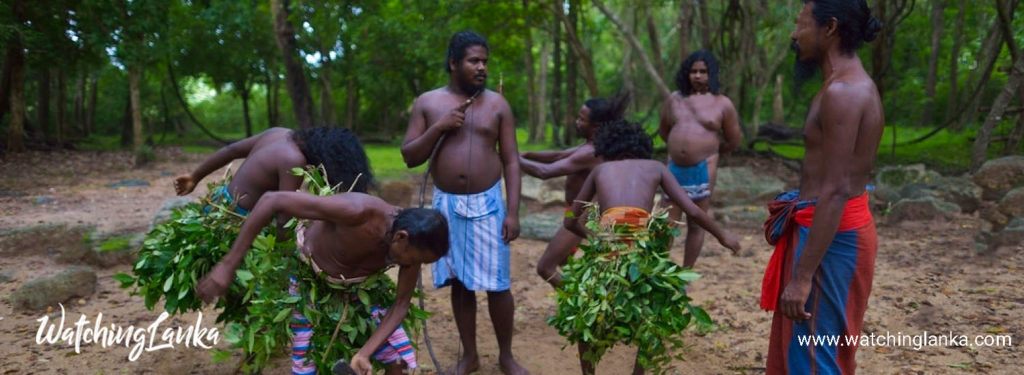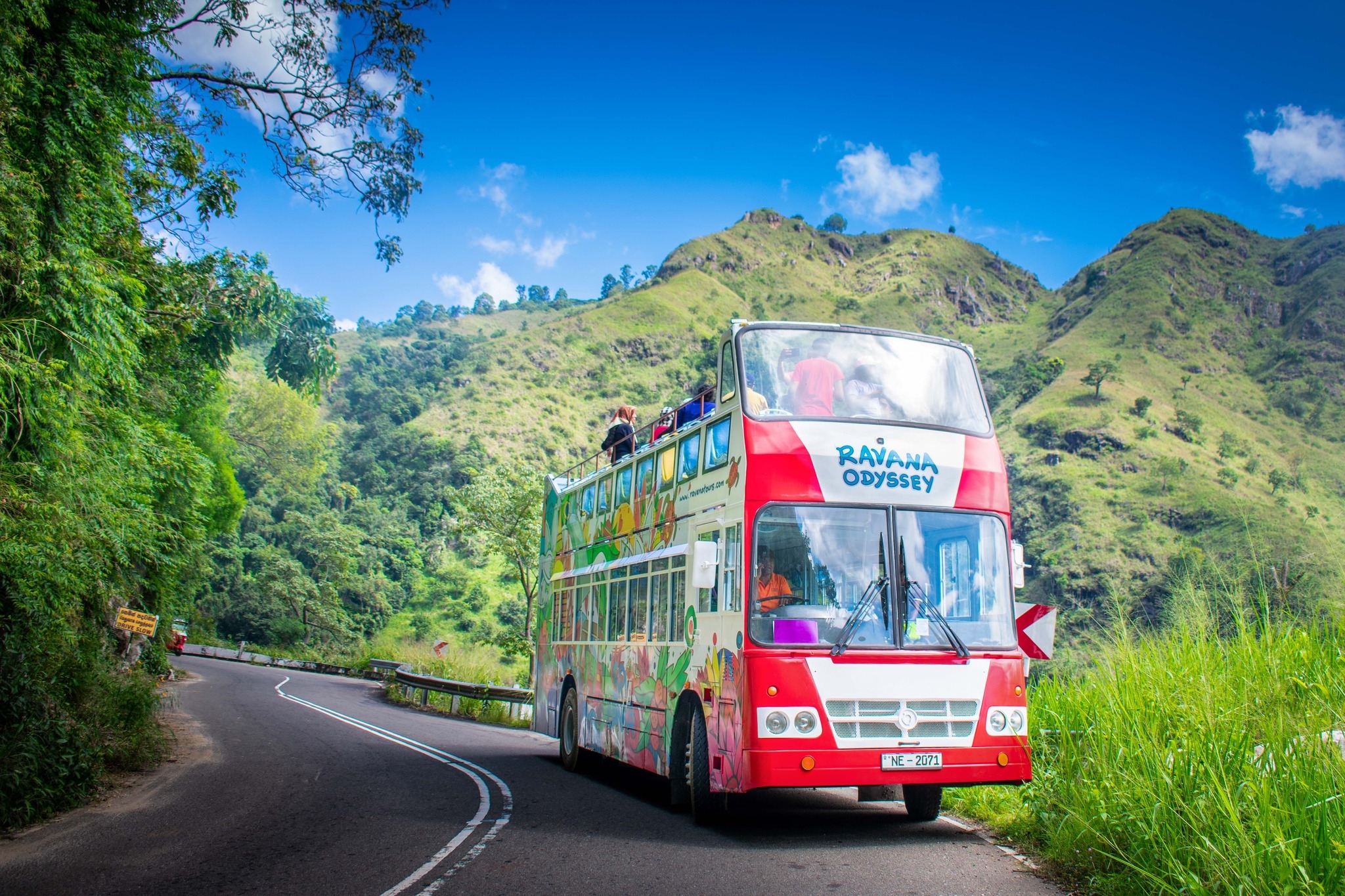Veddas are a minority indigenous group of people in Sri Lanka, who lives among other self-identified native communities such as Coast Veddas, Anuradhapura Veddas, and Bintenne Veddas, are accorded indigenous status. They call themselves as “Wanniya-laeto” or the forest dwellers. Veddas in Sri Lanka are in a threat of becoming extinct because most of them have been practiced to speak Sinhala instead of their indigenous languages. Dating back to the 6th century BC, the Veddas inhabited in the forests of Sri Lanka before the Buddhists arrived. Today the remaining Vedda population are mainly confined to Dambana in the north-central region while few other places exist in some regions of the country.
Sri Lanka believes that the Vedda were probably the earliest inhabitants of Sri Lanka and lived on the island since before the arrival of Vijaya and his clan from India. Some anthropologists suggest that Veddas to be identical to Yakkha which was the ethnic group of Kuveni, the women who married to prince Vijaya. Veddas are known to be essentially hunter-gatherer forest dwellers without much change in their lifestyle from the Stone Age to modern times. Veddas were originally hunter-gatherers. They used bows and arrows to hunt game, harpoons and toxic plants for fishing and gathered wild plants, yams, honey, fruit, and nuts. Many Veddas also farm and practice sea fishing. Veddas are famously known for their rich meat diet, venison and flesh of rabbit, turtle, lizard, wild boar and common brown monkeys are consumed with much relish. Veddas are allowed to hunt legally to sustain themselves within certain areas but they kill animals only for food and do not harm young or pregnant animals. They also had used to collect bee’s honey and exchange it with the locals for axe blades and cloth. The Ratnapura district, which is part of the Sabaragamuwa province, known to have been inhabited by the Veddas in the distant past.
[envira-gallery id=”2617″]
Culture of Veddas
Livelihood:The Vedda are traditionally cave dwellers, although it is not unusual to have them built straw huts near villages as their homes. Interestingly, they would change houses a few times a year following animal migration patterns. For example, as animals would move towards watering holes in the dry seasons, the Vedda would follow and build another house in the lowland areas.
Language: The language used by Veddas is known to be an ancient dialect of Sinhala Language. The original language of them is the Vedda language, which today is used primarily by the interior Veddas of Dambana. Communities such as Coast Veddas and Anuradhapura Veddas, who do not identify themselves strictly as Veddas, also use Vedda language for communication during hunting and or for religious chants.
Religion: The original religion of Veddas is animism. The Sinhalized interior Veddahs follow a mix of animism and nominal Buddhism; whereas the Tamilized east coast Veddahs follow a mix of animism and nominal Hinduism. One of the most distinctive features of Vedda religion is the worship of dead ancestors and are invoked for the game and yams.
Clothing:
Until fairly recent times, the raiment of the Veddas was remarkably scanty. In the case of men, it consisted only of a loincloth suspended with a string at the waist, while in the case of women, it was a piece of cloth that extended from the navel to the knees. Today, however, Vedda attire is more covering, men wear a short sarong extending from the waist to the knees, while the women clad themselves in a garment similar to the Sinhala diya-redda which extends from the breast line to the knees.
Visit Veddas Dambana in Mahiyanganaya is a remote jungle village of indigenous people renowned for its eco-tourism prospects, situated about 300km from Colombo, Sri Lanka. The population of Veddas now consists of only about 350 families, a number significantly reduced from a once-thriving community. The ‘Veddha’are so influenced by the imposing dominant culture that they risk losing their traditions and what has been their livelihood for centuries. A perfect place to observe Veddha is their last remaining village of Dambana Veddas and organise a camp close to or within the reservation and Veddha’s will be more than glad to show you their ways of life, with an axe hanging from their shoulders and a bow slung behind them, gives you the impression nothing much has changed since the dawn of time for these proud warriors of the forest.
Today, the Veddha’s are more modernized as well as their lifestyles have been changed due to many effects. The modern Vedda would even come to the city in search of employment, rather than live a simple life in the jungle. Awareness of the language, dress, politics, and culture of the outside world has entered the Vedda community, and chasing these elements has left many stuck between two worlds. For now, the Vedda strike a precarious balance between survival and extinction. While the elders of the tribe still breathe, the essence of their identity still exists. But some observers have said Veddas are disappearing and have lamented the decline of their distinct culture.






